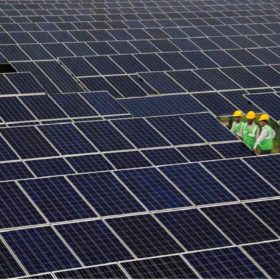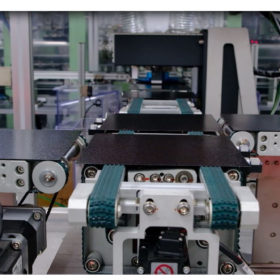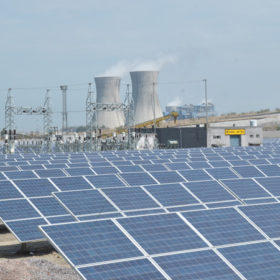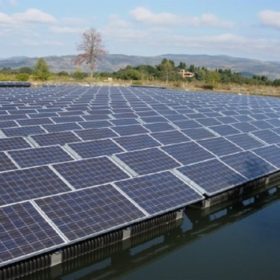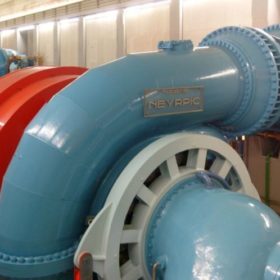‘Low-cost renewable hydrogen may already be in reach’
If the three record-busting low solar price tariffs recorded in the Middle East in the past 18 months are to be believed, renewables-powered hydrogen in prime sites in the region could already compete with gas-plus-CCS production, according to IRENA. Has the Gulf discovered the new petrol?
Open-access solar faces regulatory headwinds amid favorable PPA demand
The overall open access charges in case of third-party sale of solar power have increased over a period of time. These vary widely across the key states ranging between INR 2-5 per unit.
‘World’s cheapest wafer’ maker 1366 Technologies plans 2 GW cell and wafer fab
The American business is looking for module manufacturing partners as it plans to bring its ‘direct wafer’ production technique to India. The company uses molten silicon to form wafers rather than sawing ingots, thus eliminating dust waste and speeding up the process.
New microinverter from the US
Yotta Energy’s new micro-inverter is claimed to be an ideal solution for commercial rooftop PV systems linked to between 500 kWh and 1 MWh of storage. The device has a peak efficiency of 96.5% and a nominal maximum power point tracking (MPPT) efficiency of 99.5%.
NTPC seeks offtakers for 735 MW Nokh solar project
Applications are invited for procurement of power generated from NTPC’s 735 MW solar power project in Nokh, Rajasthan. To qualify, the applicant must have a sanctioned load greater than 2 MW.
NHPC tenders 50 MW floating solar EPC in Kerala
Bidders have until August 5 to lodge their interest in engineering, procurement, and construction of the 50 MW grid-interactive floating solar capacity in the Kollam district. The successful bidder shall also provide comprehensive operation and maintenance of the plant for ten years.
Concrete flywheel storage system for residential PV
A French start-up has developed a concrete flywheel to store solar energy in an innovative way. Currently being tested in France, the storage solution will be initially offered in France’s overseas territories and Africa.
India added 1.2 GW of renewables during Covid-hit April and May
The nation installed 1 GW of solar power capacity and 0.2 GW wind during the pandemic-hit first two months of the current fiscal. The cumulative addition was double that of the same period during the previous year.
Now Acme gets Brookfield for a 450 MWp solar project in Rajasthan
After raising equity investment for a 250 MW project, the Indian developer has signed a deal with Brookfield Renewable to develop a 450 MW solar project in Rajasthan.
PLI Scheme will help India emerge as clean-tech factory of the world
The Production-Linked Incentive (PLI) scheme in batteries and solar will help India graduate from a passive recipient to an active driver in the global clean-tech story.

